
views
Pricing and Positioning Your Product

Determine your product’s value. Visit brick-and-mortar stores and browse consumer catalogs to see how much major companies are charging for similar products. You can also take a look on shopping websites like Amazon and eBay to see what similar items are going for online. When researching in person, look for items that have little to no stock left. This is an indication that the product is selling well. When researching online, sort by completed listings or sold listings whenever possible. Doing this will show you what items are actually selling for.

Raise your product’s price to make it seem high-quality. Most customers believe, even when it’s not true, that high-priced items are better than low-priced items. You can use this mindset to your advantage by making your product more expensive than competing options. This works particularly well for standardized products like appliances. Combine this technique with fancy packaging and branding or even packaging, if you have the means, to emphasize the item’s quality even more. If you have multiple versions of a product, you can list them at different price points to create the same effect.
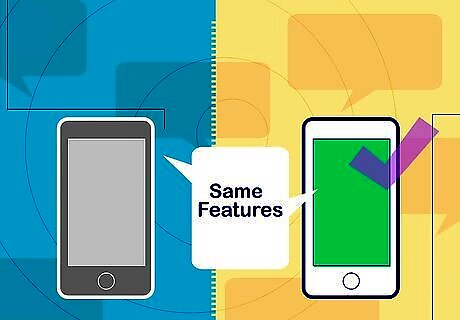
Charge less than competitors to create a more affordable option. Many companies market their high-priced products as vanity purchases, keeping their prices excessively high to make their inventory seem desirable and exclusive. However, if your product is of similar quality, try pricing it slightly lower to target the people who want, but can’t afford, the extremely expensive version. This works particularly well for entertainment devices, brand-name products, and creative items. Show that your product has the exact same features as the more expensive item for a lower price, and might even be better than it in a demonstrable way. When possible, price your product so it is less expensive than vanity items and more expensive than bargain bin items. This will make it seem both affordable and well-crafted.

Use smart pricing techniques to make the product seem cheaper. When deciding on your list price, there are a number of psychological techniques you can use to make the product seem more affordable. These include things like: Reducing the list price by 1 cent, so that a $300 product becomes $299.99 and seems like a better deal. Removing the dollar sign, which makes the price appear smaller. Emphasizing discounts by showing the current price next to the previous price.

Respond to market changes. Over time, the market will fluctuate and create unexpected opportunities. You can make use of these by changing your prices, increasing your inventory, running marketing campaigns, or introducing new versions of your product. Though these market shifts are always unique and, in many cases, impossible to predict, you can detect them earlier than others by looking for: Changes in consumer behavior, such as products like yours gaining or losing more sales than normal. Changes in competitor behavior, such as another company removing a product from the market. Social changes, such as a movie, TV show, song, or video game making a product more popular than normal.
Creating an Enticing Ad

Lead with the item’s best features. When creating an ad, you need to hook the reader right away so they’ll be interested enough to learn more. To do this, start the ad by listing off your product’s most noteworthy and eye-catching features. For example: If you’re selling a phone, don’t write an ad like, “For Sale: High quality phone.” Instead, create a feature-heavy ad like, “For Sale: Smart phone with 40MP camera, liquid-crystal display, and AR capabilities.” If you’re selling in person, put up a display unit so people can see these features in action. If you’re selling over the phone, restate these features throughout the conversation so the customer remembers them.
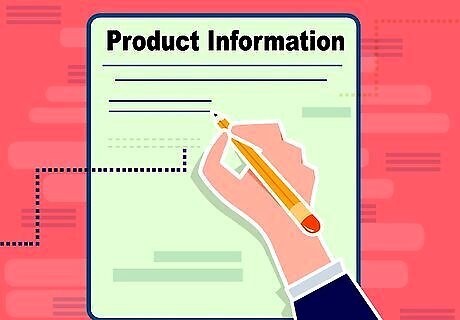
Write thorough, engaging ad copy. When dealing with expensive items, customers want to know lots of information so they can make informed purchasing decisions; the more expensive the product is, the more thoroughly they’ll research it. As such, make sure your ad includes as much relevant information about the product as possible. To figure out what’s relevant, pretend you’re a customer who knows nothing about the product. Then, think of questions that you’d want the answer to before making a purchase. Some things to consider putting in the ad include your product’s dimensions, technical specs, lifespan, warranty, and how much research went into developing it. Before finalizing your ad, proofread it and remove any spelling and grammar errors you see. In addition, try to simplify the language so the ad is direct, actionable, and fun to read.

Explain how your product solves a problem. People are more likely to buy an expensive item if they think it will solve a specific problem. When writing your ad copy, try to capitalize on this by explaining how your item can improve a specific area of your customer’s life. If you’re selling a feature-based item like a washer or dryer, demonstrate how your product will make specific tasks faster, easier, or less expensive. If you’re selling an upgrade of a previous product like a game system or TV, explain what your product can do that previous models couldn’t. For works of art, jewelry, and other items with no specific function, talk about what thoughts and feelings the product will inspire.

Include high-quality pictures if you're selling online. To make your ad as effective as possible, be sure to include multiple high-resolution images related to the product. These images may include photos of the item from various angles, pictures showing the product in use, diagrams demonstrating how the item works, and infographics comparing the product to competing options. Avoid using stock images, low-resolution graphics, and photos with poor lighting because they’ll make your product seem less legitimate. When photographing fine items like jewelry, use close-up shots to emphasize the product’s luxurious qualities. Pictures are especially important for visual items like paintings and clothing.
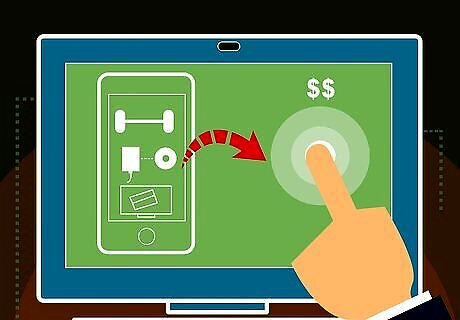
Make intangible products seem tangible. Selling non-physical items like download codes, digital subscriptions, or gym memberships can be quite difficult. However, you can make your product more appealing by attaching it to something tangible. If you’re selling online, emphasize how you use the product through customer testimonials and pictures of people enjoying their purchase. If you’re selling in person, tie your product to a physical card or pamphlet that people can pick up and examine. Include a tangible item with every purchase. A t-shirt or cup may not seem like a lot, but it will make the product feel far more real.
Closing the Deal
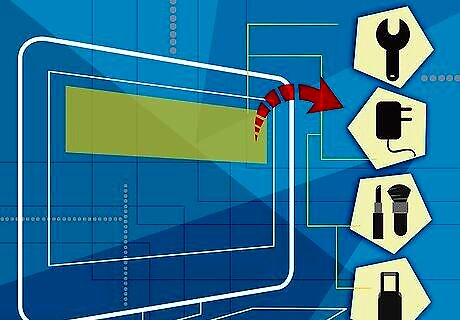
Use upsells to increase the overall purchase price. Upselling is a sales technique in which a seller can maximize their profit by offering upgrades or add-ons on top of the original purchase. Customers don’t purchase expensive items every day, so you can make the most of it by offering them cheap items related to the major product. Some common upsells include: Assembly and installation services Repair kits Extra batteries and chargers Travel cases Cosmetic accessories
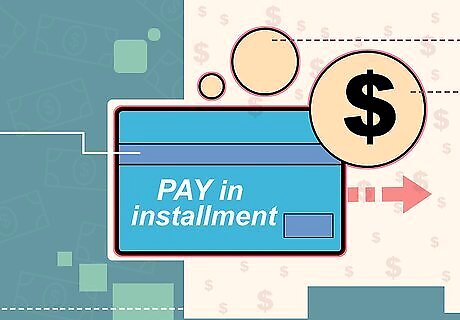
Offer multiple payment solutions, like trade-in discounts and installment plans. If your product costs thousands, or even just hundreds, of dollars, many people won’t be able to afford it. However, if you offer clever payment solutions like installment plans and trade-in discounts, you’ll be able to convert many more low-income customers. If you offer installment plans, give your customers a predetermined amount of time where they won’t accrue any interest. This will make them more likely to sign up for the plan.

Give discounts to dedicated customers. If you’re pitching a product in person, offer discounts to customers if they’re willing to make a purchase immediately. If you’re selling something online, offer coupon codes to customers who do things like sign up for your newsletter or make a certain amount of purchases. You can increase repeat business by offering coupons to customers after they make a purchase. With the exception of sales, do not give discounts to customers if they haven’t done anything to earn them. Doing so will make your product seem cheaper and less desirable.

Respond to customer feedback promptly. Whenever someone asks a question about your item, make sure to answer them as quickly and thoroughly as possible. If a customer gives feedback about your product, acknowledge what they said and, if you feel it’s necessary, address the specific points they brought up. Respond to all the feedback you get including complaints and criticisms. This shows that you’re willing to listen to your customer base. Respond to online feedback publicly so all potential customers can see it.

Go the extra mile if your customer has a problem. Show customers that you’re willing to listen to their issues with the items you sell. Return or replace an item if they show you that it’s defective. Beyond just making your customers happy, being willing to work with customers with defective items will help spread the word that your customer service is good and attract even more customers.

















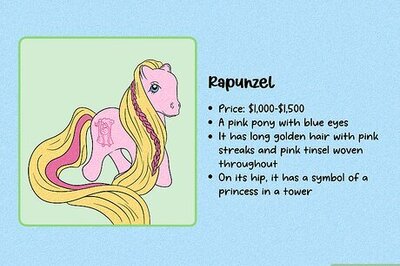

Comments
0 comment